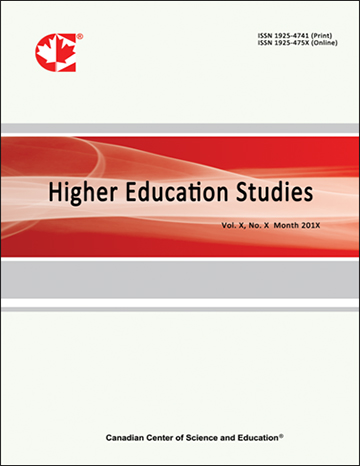The 9th Graders’ Relation of Futuristic Thinking Factors Study
- Songsak Phusee-orn
- Sasipat Pongteerawut
Abstract
The objectives of this study are to study the relation of futuristic thinking and to create the prediction equation of the 9th graders’ relation of futuristic thinking. The subjects of this study are 860, 9th graders, studying in their second term in 2019 in Srisaket province, Thailand. The sujects of this study are from 12 schools from Multi-Stage Random Sampling. The study uses 216 students in especially big-size school, 160 students in big-size school, 302 students in medium-size school and 182 students in small-size school. The research instrument used are Futuristic Thinking form, Emotional Intelligence (EQ), Motivation (MO), Self-Directed Learning (SD) and Attitude towards learning (AT) with Likert Scale measurement (IOC), Item Total Correlation and Cronbach’s Alpha Coefficient. Statistics used are Mean, Standard Deviation, Pearson’s Product Moment Correlation (rxy), and Stepwise Multiple Regression Analysis. The study found that:
- All the five factors has relational statistics of .05 with Coefficient of Correlation from .673-.791
- Prediction equation both in the form of unstandardized scores and standardized scores are
FT¢ = .180 + .483EQ + .179MO + .172SD + .148AT
ZFT¢ = .441ZEQ + .172ZMO + .179ZSD + .148ZAT
All five prediction factors and variance factors can be used to explain 70.7% of futuristic thinking.
- Full Text:
 PDF
PDF
- DOI:10.5539/hes.v12n3p134
Index
- AcademicKeys
- CNKI Scholar
- Education Resources Information Center (ERIC)
- Elektronische Zeitschriftenbibliothek (EZB)
- EuroPub Database
- Excellence in Research for Australia (ERA)
- Google Scholar
- InfoBase
- JournalSeek
- Mendeley
- Open Access Journals Search Engine(OAJSE)
- Open policy finder
- Scilit
- Ulrich's
- WorldCat
Contact
- Sherry LinEditorial Assistant
- hes@ccsenet.org
